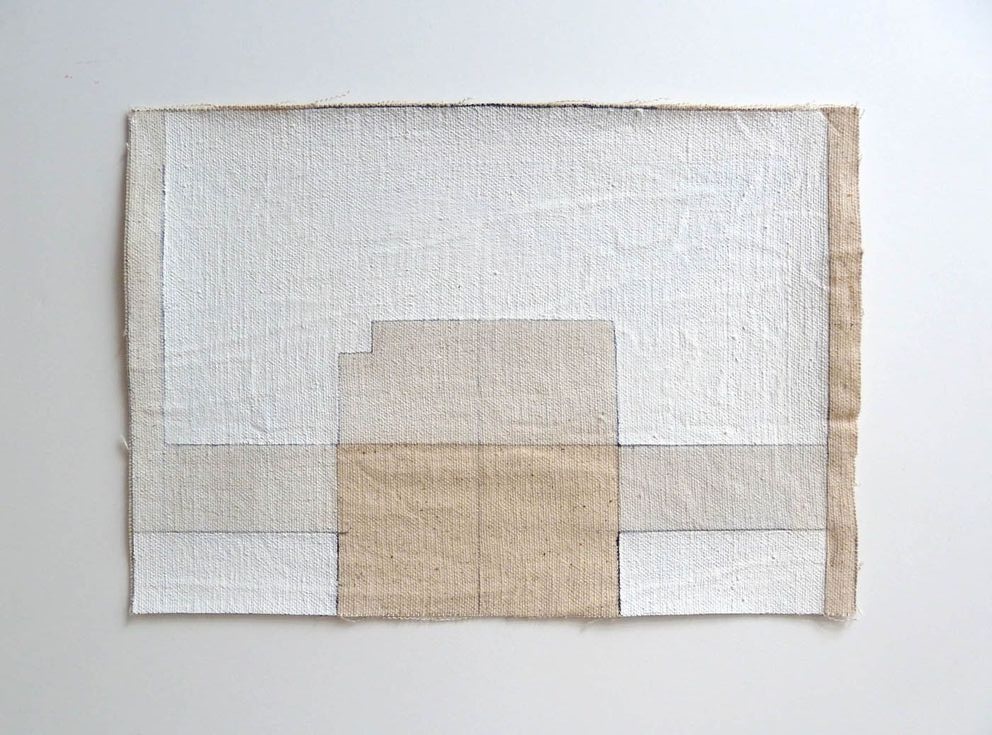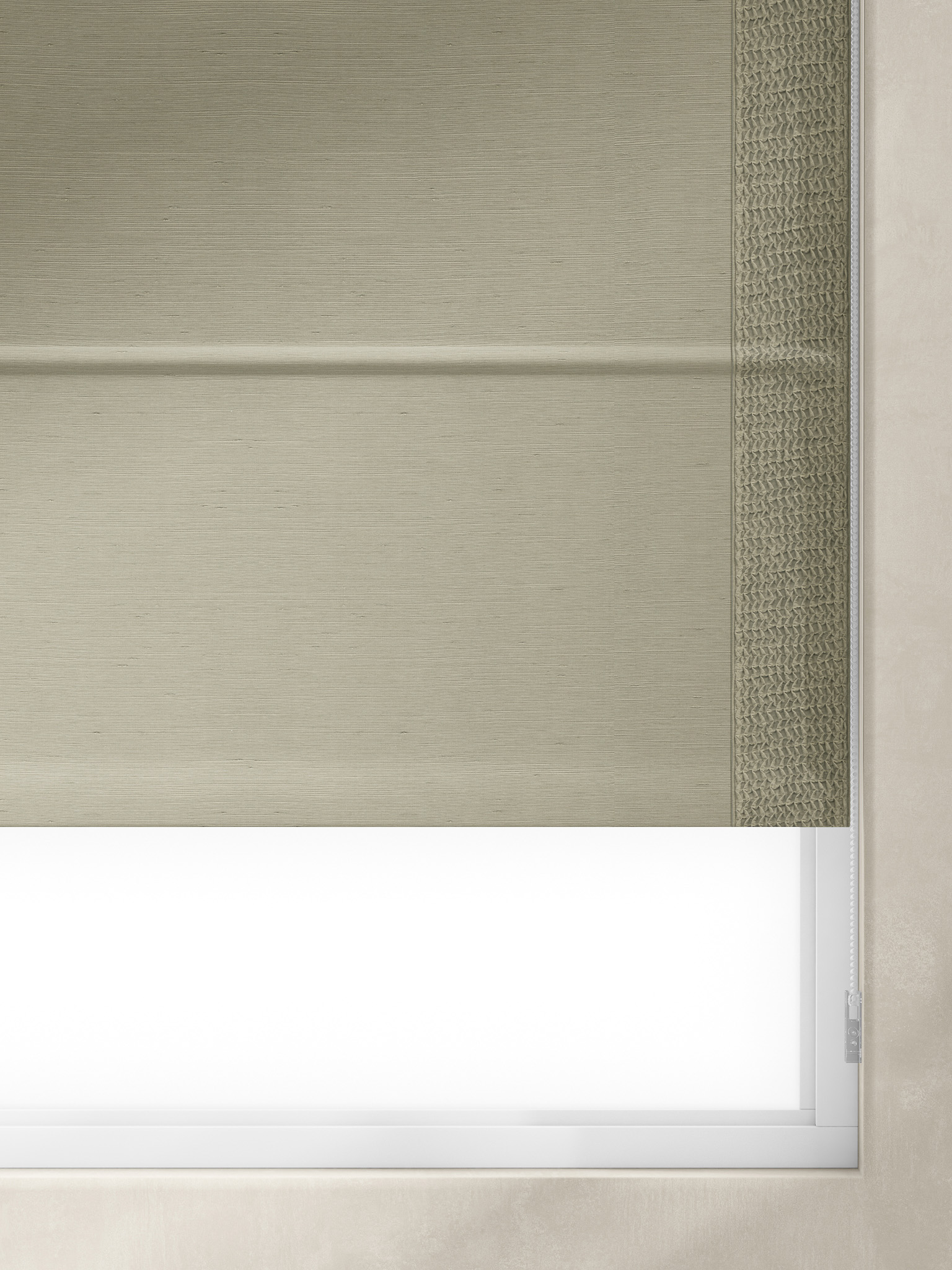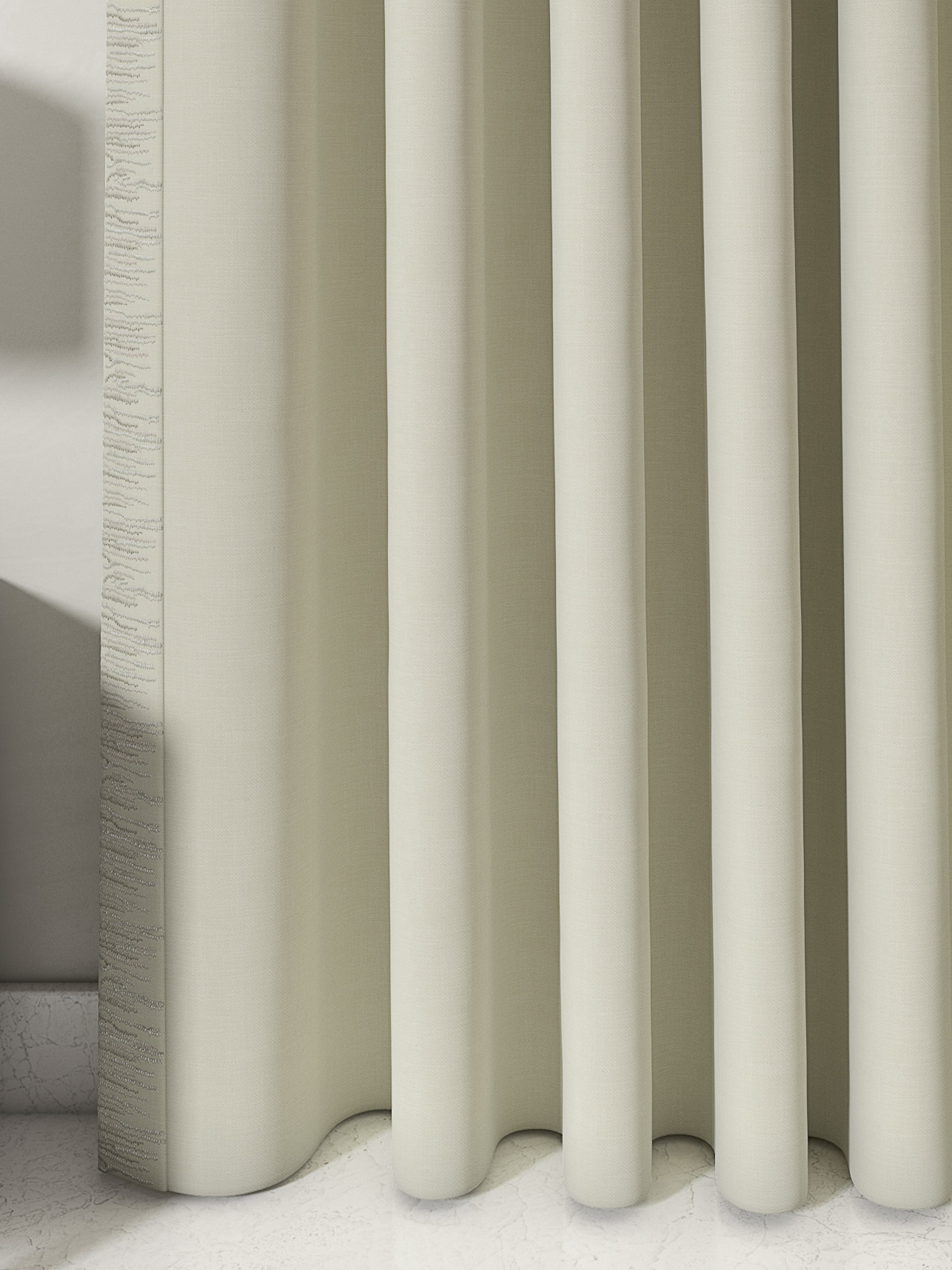SAVE YOUR CART
We noticed you have not Logged In or Signed Up. Leaving tulio.design will result in your history and cart getting lost.


Choose the language you’d like to browse the site in
Choose a country or region. This affects the currency you’re billed in, availability of items, price and delivery options.
 Afghanistan
Afghanistan
USD $
 Albania
Albania
USD $
 Algeria
Algeria
USD $
 Andorra
Andorra
EUR €
 Angola
Angola
USD $
 Argentina
Argentina
USD $
 Armenia
Armenia
USD $
 Australia
Australia
USD $
 Austria
Austria
EUR €
 Azerbaijan
Azerbaijan
USD $
 Bahamas
Bahamas
USD $
 Bahrain
Bahrain
USD $
 Bangladesh
Bangladesh
USD $
 Barbados
Barbados
USD $
 Belarus
Belarus
USD $
 Belgium
Belgium
EUR €
 Belize
Belize
USD $
 Benin
Benin
USD $
 Bhutan
Bhutan
USD $
 Bolivia
Bolivia
USD $
 Bosnia and Herzegovina
Bosnia and Herzegovina
USD $
 Botswana
Botswana
USD $
 Brazil
Brazil
USD $
 Brunei
Brunei
USD $
 Bulgaria
Bulgaria
USD $
 Burkina Faso
Burkina Faso
USD $
 Burundi
Burundi
USD $
 Cabo Verde
Cabo Verde
USD $
 Cambodia
Cambodia
USD $
 Cameroon
Cameroon
USD $
 Canada
Canada
USD $
 Central African Republic
Central African Republic
USD $
 Chad
Chad
USD $
 Chile
Chile
USD $
 China
China
USD $
 Colombia
Colombia
USD $
 Comoros
Comoros
USD $
 Congo (Congo-Brazzaville)
Congo (Congo-Brazzaville)
USD $
 Costa Rica
Costa Rica
USD $
 Croatia
Croatia
USD $
 Cuba
Cuba
USD $
 Cyprus
Cyprus
EUR €
 Czechia (Czech Republic)
Czechia (Czech Republic)
USD $
 Democratic Republic of the Congo
Democratic Republic of the Congo
USD $
 Denmark
Denmark
USD $
 Djibouti
Djibouti
USD $
 Dominica
Dominica
USD $
 Dominican Republic
Dominican Republic
USD $
 Ecuador
Ecuador
USD $
 Egypt
Egypt
USD $
 El Salvador
El Salvador
USD $
 Equatorial Guinea
Equatorial Guinea
USD $
 Eritrea
Eritrea
USD $
 Estonia
Estonia
EUR €
 Eswatini
Eswatini
USD $
 Ethiopia
Ethiopia
USD $
 Fiji
Fiji
USD $
 Finland
Finland
EUR €
 France
France
EUR €
 Gabon
Gabon
USD $
 Gambia
Gambia
USD $
 Georgia
Georgia
USD $
 Germany
Germany
EUR €
 Ghana
Ghana
USD $
 Greece
Greece
EUR €
 Grenada
Grenada
USD $
 Guatemala
Guatemala
USD $
 Guinea
Guinea
USD $
 Guinea-Bissau
Guinea-Bissau
USD $
 Guyana
Guyana
USD $
 Haiti
Haiti
USD $
 Honduras
Honduras
USD $
 Hungary
Hungary
USD $
 Iceland
Iceland
USD $
 India
India
INR ₹
 Indonesia
Indonesia
USD $
 Iran
Iran
USD $
 Iraq
Iraq
USD $
 Ireland
Ireland
EUR €
 Israel
Israel
USD $
 Italy
Italy
EUR €
 Jamaica
Jamaica
USD $
 Japan
Japan
JPY ¥
 Jordan
Jordan
USD $
 Kazakhstan
Kazakhstan
USD $
 Kenya
Kenya
USD $
 Kiribati
Kiribati
USD $
 Kuwait
Kuwait
USD $
 Kyrgyzstan
Kyrgyzstan
USD $
 Laos
Laos
USD $
 Latvia
Latvia
EUR €
 Lebanon
Lebanon
USD $
 Lesotho
Lesotho
USD $
 Liberia
Liberia
USD $
 Libya
Libya
USD $
 Liechtenstein
Liechtenstein
USD $
 Lithuania
Lithuania
EUR €
 Luxembourg
Luxembourg
EUR €
 Madagascar
Madagascar
USD $
 Malawi
Malawi
USD $
 Malaysia
Malaysia
USD $
 Maldives
Maldives
USD $
 Mali
Mali
USD $
 Malta
Malta
EUR €
 Marshall Islands
Marshall Islands
USD $
 Mauritania
Mauritania
USD $
 Mauritius
Mauritius
USD $
 Mexico
Mexico
USD $
 Micronesia
Micronesia
USD $
 Moldova
Moldova
USD $
 Monaco
Monaco
EUR €
 Mongolia
Mongolia
USD $
 Montenegro
Montenegro
EUR €
 Morocco
Morocco
USD $
 Mozambique
Mozambique
USD $
 Myanmar (Burma)
Myanmar (Burma)
USD $
 Namibia
Namibia
USD $
 Nauru
Nauru
USD $
 Nepal
Nepal
USD $
 Netherlands
Netherlands
EUR €
 New Zealand
New Zealand
USD $
 Nicaragua
Nicaragua
USD $
 Niger
Niger
USD $
 Nigeria
Nigeria
USD $
 North Korea
North Korea
USD $
 North Macedonia
North Macedonia
USD $
 Norway
Norway
USD $
 Oman
Oman
USD $
 Pakistan
Pakistan
USD $
 Palau
Palau
USD $
 Palestine
Palestine
USD $
 Panama
Panama
USD $
 Papua New Guinea
Papua New Guinea
USD $
 Paraguay
Paraguay
USD $
 Peru
Peru
USD $
 Philippines
Philippines
USD $
 Poland
Poland
USD $
 Portugal
Portugal
EUR €
 Qatar
Qatar
USD $
 Romania
Romania
USD $
 Russia
Russia
USD $
 Rwanda
Rwanda
USD $
 Saint Kitts and Nevis
Saint Kitts and Nevis
USD $
 Saint Lucia
Saint Lucia
USD $
 Saint Vincent and the Grenadines
Saint Vincent and the Grenadines
USD $
 Samoa
Samoa
USD $
 San Marino
San Marino
EUR €
 Sao Tome and Principe
Sao Tome and Principe
USD $
 Saudi Arabia
Saudi Arabia
SAR ر.س
 Senegal
Senegal
USD $
 Serbia
Serbia
USD $
 Seychelles
Seychelles
USD $
 Sierra Leone
Sierra Leone
USD $
 Singapore
Singapore
USD $
 Slovakia
Slovakia
EUR €
 Slovenia
Slovenia
EUR €
 Solomon Islands
Solomon Islands
USD $
 Somalia
Somalia
USD $
 South Africa
South Africa
USD $
 South Korea
South Korea
USD $
 South Sudan
South Sudan
USD $
 Spain
Spain
EUR €
 Sri Lanka
Sri Lanka
USD $
 Sudan
Sudan
USD $
 Suriname
Suriname
USD $
 Sweden
Sweden
USD $
 Switzerland
Switzerland
USD $
 Syria
Syria
USD $
 Taiwan
Taiwan
USD $
 Tajikistan
Tajikistan
USD $
 Tanzania
Tanzania
USD $
 Thailand
Thailand
USD $
 Timor-Leste
Timor-Leste
USD $
 Togo
Togo
USD $
 Tonga
Tonga
USD $
 Trinidad and Tobago
Trinidad and Tobago
USD $
 Tunisia
Tunisia
USD $
 Turkey
Turkey
USD $
 Turkmenistan
Turkmenistan
USD $
 Tuvalu
Tuvalu
USD $
 Uganda
Uganda
USD $
 Ukraine
Ukraine
USD $
 United Arab Emirates
United Arab Emirates
AED د.إ
 United Kingdom
United Kingdom
GBP £
 United States
United States
USD $
 Uruguay
Uruguay
USD $
 Uzbekistan
Uzbekistan
USD $
 Vanuatu
Vanuatu
USD $
 Vatican City
Vatican City
EUR €
 Venezuela
Venezuela
USD $
 Vietnam
Vietnam
USD $
 Yemen
Yemen
USD $
 Zambia
Zambia
USD $
 Zimbabwe
Zimbabwe
USD $
Please Login First
COOKIES & PRIVACY
This website uses cookies to ensure you get the best experience on our website. Please read our Cookie Policy and Privacy Policy.
Tulio uses cookies, including third-party cookies, for functional reasons, for statistical analysis, to personalise your experience, offer you content that targets your particular interests and analyse the performance of our advertising campaigns.
These cookies are necessary for the web boutique to function and cannot be turned off. They are set to help improve your experience and offer you key functions on the website. These cookies do not store any personally identifiable information or track your browsing habits.
These cookies are used to enhance the functionality and personalisation of the web boutique as they collect information on your interests as your browse the website. They help us assist you as best possible and to recommend the products that best meet your expectations and preferences.
We noticed you have not Logged In or Signed Up. Leaving tulio.design will result in your history and cart getting lost.

Layering window treatments has become a popular trend in home decor. By combining different elements like curtains, blinds, and valances, you can create a custom window styling that provides both aesthetic appeal and functionality. The layered look also allows you to add visual interest and depth to your windows.
Curtains make an ideal first layer for window treatments ideas because they offer versatility, style, and softness. When layering window treatments, curtains should be used as the base or foundation.
There are several reasons why curtains work so well as the initial layer:
When selecting curtain fabrics and styles for layering, consider:
The right curtain design and fabric set the foundation for successfully layering your window treatments. Hang them first, then add supplemental layers of sheers, shades, or blinds. With curtains as the base, you can create the perfect layered look.
Sheer curtains add a lightweight, airy layer that allows some light through while still providing a soft filter. They create visual depth and interest when combined with heavier window treatments.
There are several types of sheer curtains to consider:
Adding blinds as a layer over your curtains allows for enhanced light and privacy control in a space. Blinds come in a variety of styles and can be customized to suit your specific needs.
Blinds are ideal for regulating both natural and artificial light in a room. Unlike curtains, most blinds can be easily raised, lowered, and angled as needed to adjust the exact amount of light filtering into the space. Blinds also provide increased privacy over curtains, especially at night when indoor lights are on. Their slatted or layered construction allows you to control visibility from the outside.
Curtains and blinds can be combined in creative ways to achieve the perfect balance of style, light control, and privacy for any room. Here are some of the primary techniques for successfully layering both window treatments:
Get creative with mixing and matching different curtain and blind styles to control light and privacy while also personalizing your space. Layering allows you to feature your preferred aesthetic as well as customize how much light enters the room.
Valances add a decorative element while also serving functional purposes. Installed above curtains or shades, valances can help anchor the window treatment, provide a polished finished look, and hide hardware or lighting. Valances come in a variety of styles that can complement any decor.
Valances come in different shapes and sizes to achieve certain decorative effects. Standard valances are mounted above the window frame and curtain rod, providing a horizontal band of fabric at the top of the window. Cloud or balloon valances feature more volume of fabric and can cascade over the top of curtains. Cascading or jabot valances feature fabric hanging down to provide fullness at the sides. Tailored or shaped valances follow the lines of the window frame and can add architectural interest. You can also find style options like ruffled, swag, or tiered valances for even more dimension. The style you choose depends on the overall look you want to achieve.
Determine the desired placement based on the height of your window and existing hardware. Inside or ceiling mounts place the valance on the window casing itself, while outside mounts attach it to the wall or ceiling above the window. For proper alignment, make sure to measure correctly and install the valance hardware level and even across all windows. The valance can be attached using screws, adhesive strips, or decorative holdbacks on the sides.
Choose a valance fabric that complements your curtains and walls. Matching the same print or solid provides cohesion. Contrasting prints in the same color scheme also work well. To make the window feel taller, select a vertical stripe pattern. For a wider and more expansive look, use horizontal stripe fabrics. It's best to avoid mixing too many colors, textures, and fabric patterns in one window treatment. Unify everything with color and include accents of other patterns.
Adding final accents and accessories provides the polished, designer touch when layering window treatments. Small details make a big difference in pulling the whole layered look together seamlessly.
Tiebacks add both function and visual interest when layering curtains with blinds. Choose tiebacks that complement the style of the curtains and hardware. For a casual farmhouse or cottage look, textured tiebacks made of rope, burlap, or wood beads are an excellent choice. For a more elegant style, polished metallic or crystal tiebacks work well. Position the tiebacks high and wide to keep the curtains fully open and nicely framed when you want the window unobstructed.
Add trims, tassels, or fringe along the bottom edge or side panels of the curtains to further enhance the layered look. This is an easy way to incorporate color and texture to tie the layers together. For example, you could add beaded fringe to the hem of linen curtains to coordinate with wooden beaded blinds layered behind. Pom pom or brush fringes are other fun options.
Top treatments like swags, cascades, or jabots act as miniature valances framing the tops of the window. These elegant accents can harmonize all the layers into one cohesive window dressing. A softly gathered swag overlaying the valance and top portion of the curtains pulls colors and patterns together. Cascades or jabots layered over the curtains add a soft ruffled effect.
When it comes to successful layering, the devil is in the details. Take time to coordinate all the materials, colors, textures, patterns, and hardware finishes. The curtain panels, valance, sheers, blinds, and accents should work cohesively. Mix and match, but ensure there is always something relating the layers. The final result will be a designer-inspired window treatment beautiful from every angle.
Controlling light and privacy are two of the main reasons people use window treatments. The right combination of curtains and blinds can help you achieve your ideal lighting and visibility.
Natural light is appealing, but too much direct sunlight can cause glare and fading. To filter the light, use sheer curtains made from lightweight materials like linen or polyester. For rooms you want to darken, choose lined curtains in heavier opaque fabrics like velvet. Blinds also modulate sunlight - aluminum blinds direct light up to provide ambient lighting, while horizontal blinds tilt to control the amount entering the room.
Sheer curtains allow light in but obstruct views. For privacy, lined curtains in thick fabrics completely block sight lines. Alternatively, blinds tilt shut to prevent visibility from outside. For total blackout, use opaque curtain panels and fully closed blinds. In rooms facing the street, curtains offer discretion at night when illuminated from within.
If your room is too dim, swap sheer curtains for lighter materials or add blinds for direct lighting. For excessive brightness, choose thicker lined curtains and close the blinds. To reduce visibility, overlap curtain panels and install blinds with smaller slats. Keep adjustments in mind throughout the day as sunlight changes. The right window treatments make it easy to modulate lighting and visibility.
Getting the layered window treatment look doesn't have to break the bank. With some clever tricks and affordable materials, you can achieve a luxe look on a budget.
1. Opt for lower-cost natural fiber fabrics like cotton and linen rather than silk or velvet. With the right textures and patterns, cotton can look just as elegant as pricier fabrics.
2. Check fabric stores for discounted remnants that you can use for shorter curtain panels or valances. Sometimes you can get high-end fabrics for a fraction of the normal cost.
3. White or off-white linens can act as an inexpensive base layer that you can build on with other accent fabrics.
4. For sheers, nylon or polyester blends are far less expensive than silk. Go for textured fabrics like voile to add visual interest.
With a little ingenuity, you can achieve a layered window treatment look that appears luxurious but fits your budget. Get creative with materials and don't be afraid to DIY!
The key benefits to remember are:
As you design your layered window treatments, focus on your needs and style. Layer by room purpose and exposure. Bedrooms may need blackout layers, while living rooms need light. South-facing windows need heat protection.
The options are endless, so explore fabrics and styles until you find your perfect combination of layers. Well-designed window treatments can transform the look and feel of a room.



